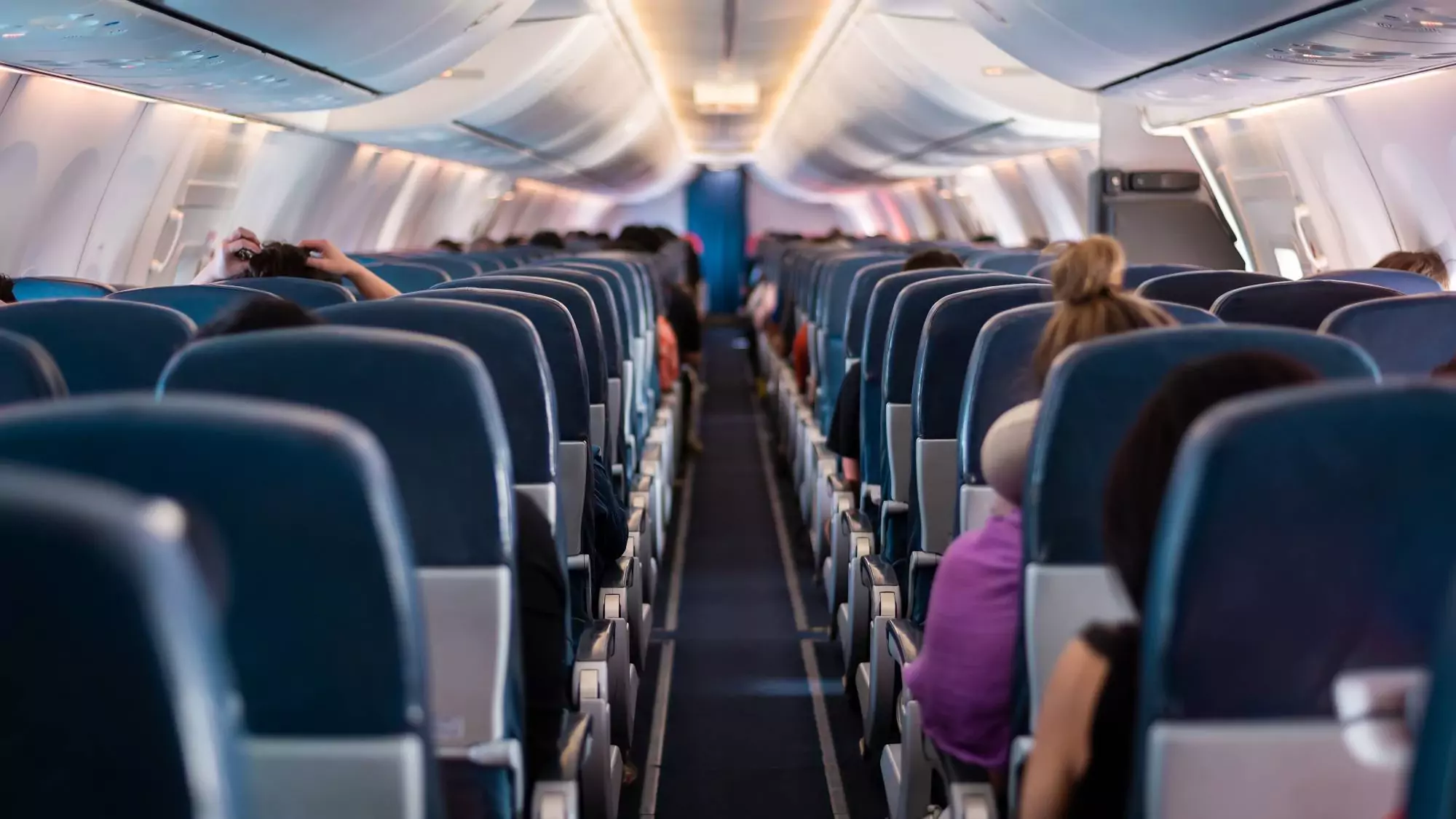Disinfecting aircraft during and after a Covid-19 pandemic
The Covid-19 pandemic has badly affected the airline industry and dented the public’s confidence in flying. This has made many carriers reassess their cleaning and disinfecting procedures to both help prevent the spread of infection and to reassure their customers that it is safe to travel by plane again.
Disinfecting aircraft cabins
To clean the air, airlines use HEPA filters, similar to those used in hospitals. These capture 99.9% of viruses and bacteria, with the volume of cabin air being exchanged every two to three minutes. This is further supported by rigorous physical cleaning and disinfecting procedures between flights.
Airline carriers generally disinfect their aircraft cabins using manual procedures with disinfectant and suitable cloths. Other airlines, such as Delta and United, have also now started using, on some routes, handheld fogging machines to help sanitise the passenger cabin’s surfaces, including the soft furnishings and difficult to reach areas.
Whilst fogging has not been endorsed by OEMS as it has not yet been tested for the long-term impact on the avionics and aircraft interior, its use has become more widespread. This has led to IATA developing a set of principles for the use of fogging, which is outlined in their publication “Aircraft cleaning and disinfection during and post pandemic 2021.” There are also now available efficient automatic dry foggers, such as the CUBE S AVIATION LINE or the CUBE M. The CUBE M dry fogger can disinfect both the air and surfaces of a Boeing 737 in just 2 minutes 10 seconds, without leaving a wet residue.
Which disinfectant should you choose?
The selected disinfectant needs to be compatible for use in an aircraft and effective against the target pathogen, such as SARS-CoV-2. Furthermore, the required contact time varies according to the disinfectant used. This, in turn, would affect the disinfectant choice as turnaround time in the time-sensitive airline industry is so important.
An additional issue is that global sourcing of disinfectants for use in aircraft is complex as the choice of disinfectants will vary by territory and are subject to the regulatory requirements of the country, where they are sold or manufactured. Countries and economic areas have lists of approved disinfectants, such as the US’s List N: disinfectants for coronavirus.
Potential impacts of disinfectants in passenger areas of aircraft
The possible impacts of the use of disinfectants in aircraft have to be considered. Naturally, safety is the first criteria, when selecting a disinfectant. For example, it is important to ensure that, should there be a fire, the use of disinfectants does not increase the likelihood of materials or components burning. Furthermore, disinfectants should not reduce the performance – for example, by causing corrosion of seat legs, by degradation of seat belt webbing strength or by affecting the oxygen systems. The impact of repeated use of disinfectants should also be understood so that the correct product is always selected.
Disinfecting aircraft is an issue that is likely to stay top of mind for many carriers over the next few years. No doubt there will be extensive research into the best methods on how to effectively disinfect cabins rapidly, whilst still managing costs.
If you would like to find out more about disinfecting aircraft cabins and our automatic dry foggers please get in touch with the team at Aridom Sanex. A range of non-alcoholic disinfectants can be used in CUBE dry foggers including Netbiokem-DSAM which is suitable for all surfaces in an aircraft. See PSA’s feedback following their technical analysis of using Netbioken DSAM with CUBE dry fogging machines.
For further information
Watch: Coronavirus update: aircraft fogging enhances customer safety
Watch: United Airlines cleaning, fogging planes before every flight


